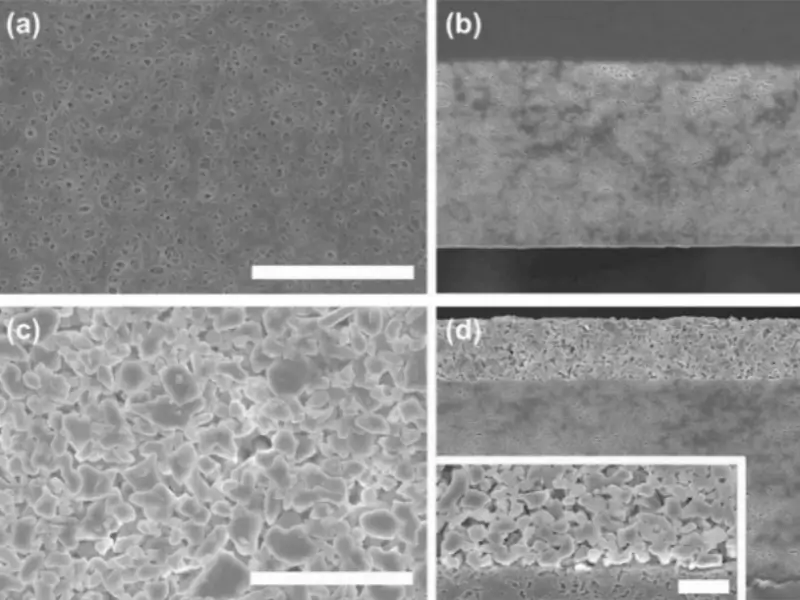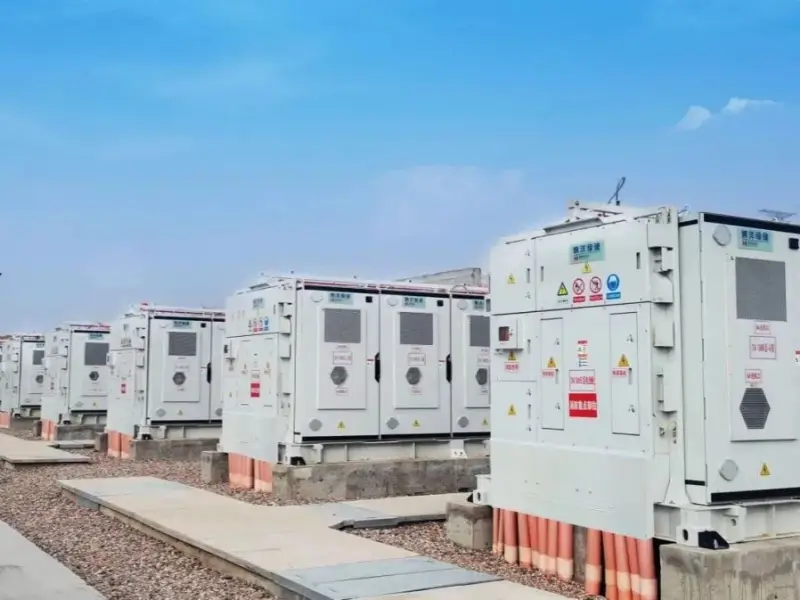Why Ceramic Separators Are Superior for Lithium-Ion Batteries
Lithium-ion batteries consist of four key components: cathode, anode, separator and electrolyte. The separator plays an essential role in isolating positive and negative electrodes to avoid direct contact that could result in short-circuiting while still allowing electrolyte ions to pass smoothly through, as its role can be likened to that of heart valves in human […]
Why Ceramic Separators Are Superior for Lithium-Ion Batteries Read More »











